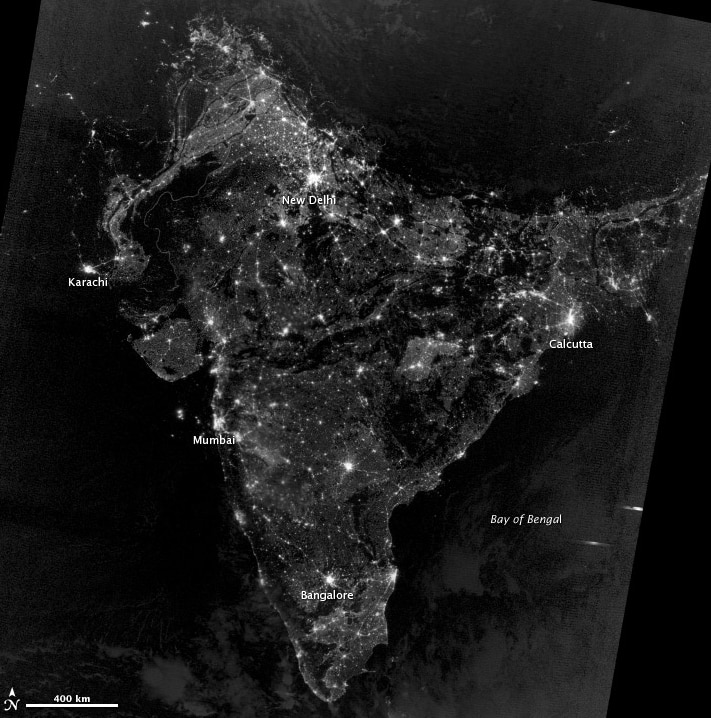O Sanam- Sunoh is one of the most popular tracks that Lucky Ali ever sang - you've met him before, he's an artiste from the 90's a bit ahead of his time, some fans feel... have a listen.
Oil. Offerings. Ornamented.
This
is a terracotta oil lamp, known as a ‘dia’ (di aa) lit for a Hindu autumn
festival in India which takes its name from the lamps. Deepavali (from Sanskrit
deep=lamp avali=rows) often abbreviated colloquially to Diwali. India has
around 288 million households, of which an overwhelming majority - 230 million
are Hindu. But Hindus are not the only people to celebrate it, Sikhs, Jains and Buddhists observe it too. Therefore, potential lamp lighters at the festival are almost 85% of the population. Not everybody
puts up these of course - candles, ceramic lamps and electric fairy lights offer
more sophisticated options. However, even so, you can imagine how many millions of
these lamps are produced by cottage scale industries for the seasonal demand.
Some of them are painted and ornamented in various ways, some are left plain
like this one. All of them look gorgeous beyond belief when lit.
| Credit Oil lamp from Mehrgarh, IVC, 3rd millennium BCE |
Oil
lamps are found in every ancient culture worldwide, and in many diverse forms. Pottery
is one of the very earliest markers of humans, we made pottery before we learnt
to make wheels or sow grains. India is no exception to this rule and there are
oil lamps found on the Indus Valley Civilisation sites - here is one from
Mehrgarh, now in modern Pakistan.
 |
Credit NASA image of India on Diwali 2012. Taken to analyse
subtle to show up in a space photo!population growth and urbanisation. Diwali lights likely too |
 |
Terracotta lamps, painted and decorated.
|
Like all festivals worldwide, Diwali is big business. Not just the sustainable, eco-friendly terracotta lamps which provide employment to many people in the small scale sector. There are bumper and mega Diwali sales, hampers, cards, corporate gifts. And a relatively modern addition is fireworks. Fun in moderation, but dangerous and not too nifty - too many accidents, too much noise and air pollution, too heavy a cost. A lot of sound and fury later, there are laws in place, but the observance leaves much to be desired.
Are there aspects of any festivals that disappoint you - commecialisation, noise pollution, crowding, safety issues, disruption of traffic? Or do you take it in your stride, it's a festival after all.
Are there aspects of any festivals that disappoint you - commecialisation, noise pollution, crowding, safety issues, disruption of traffic? Or do you take it in your stride, it's a festival after all.
A-Z Challenge 2020



No comments:
New comments are not allowed.